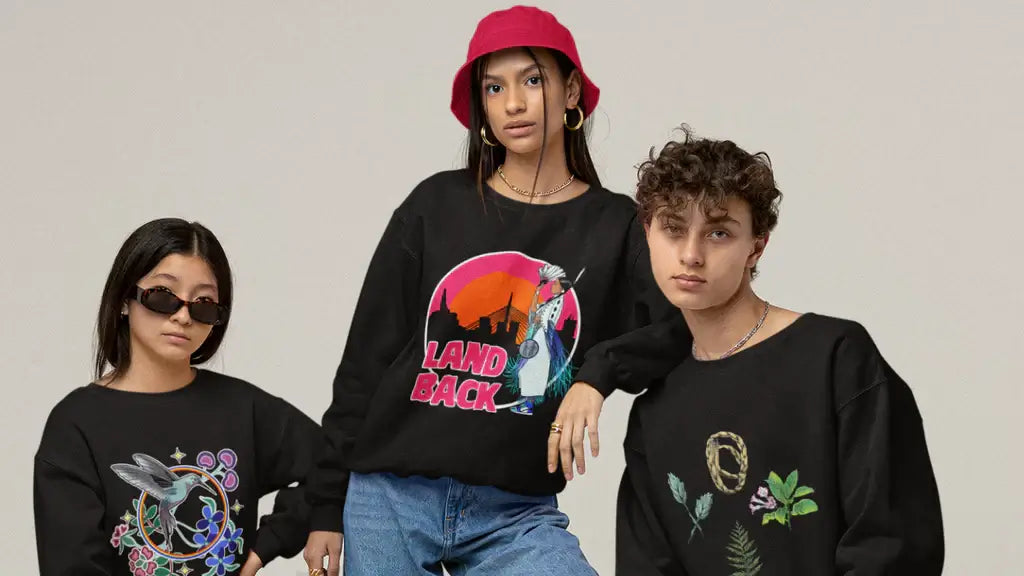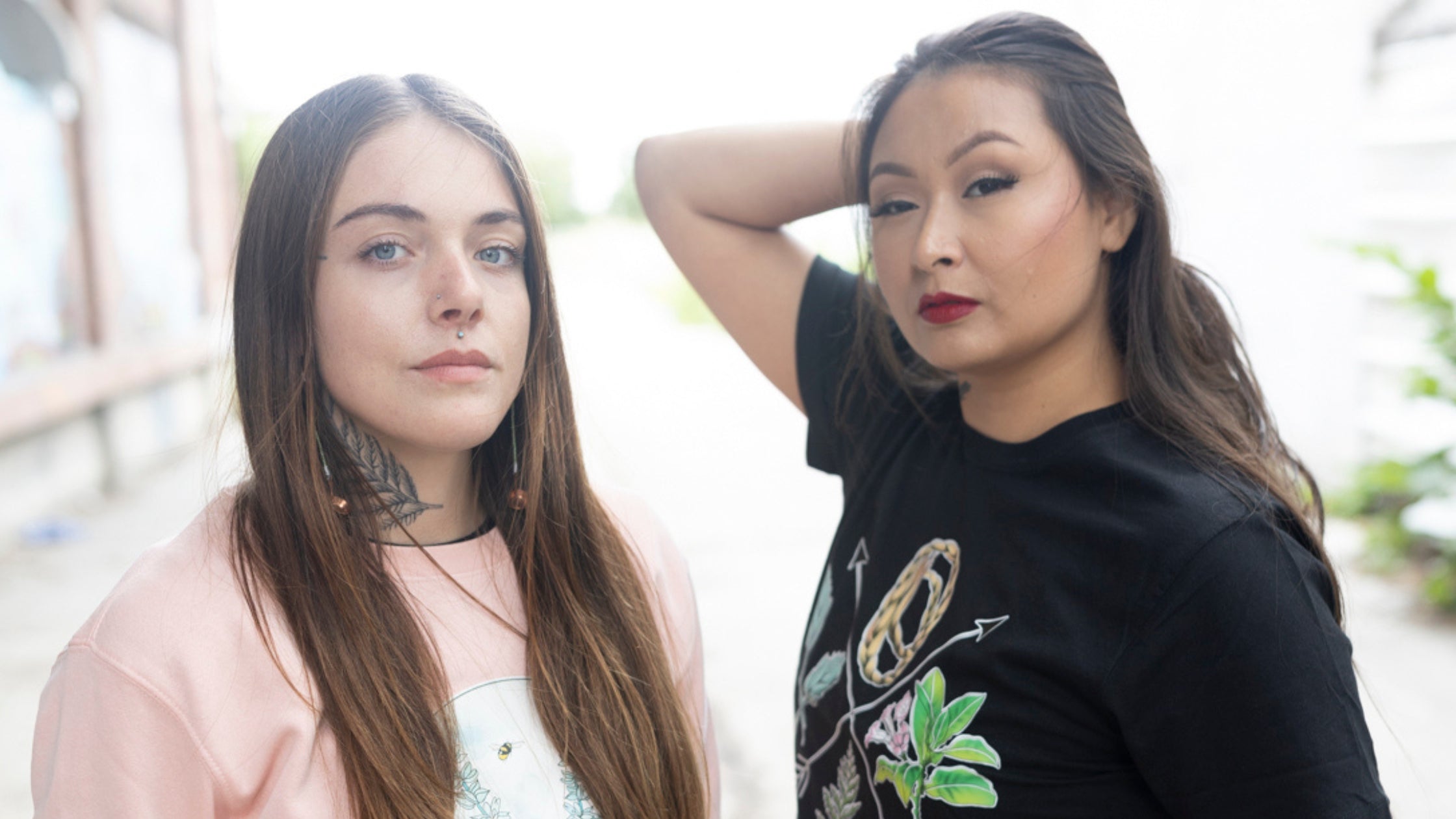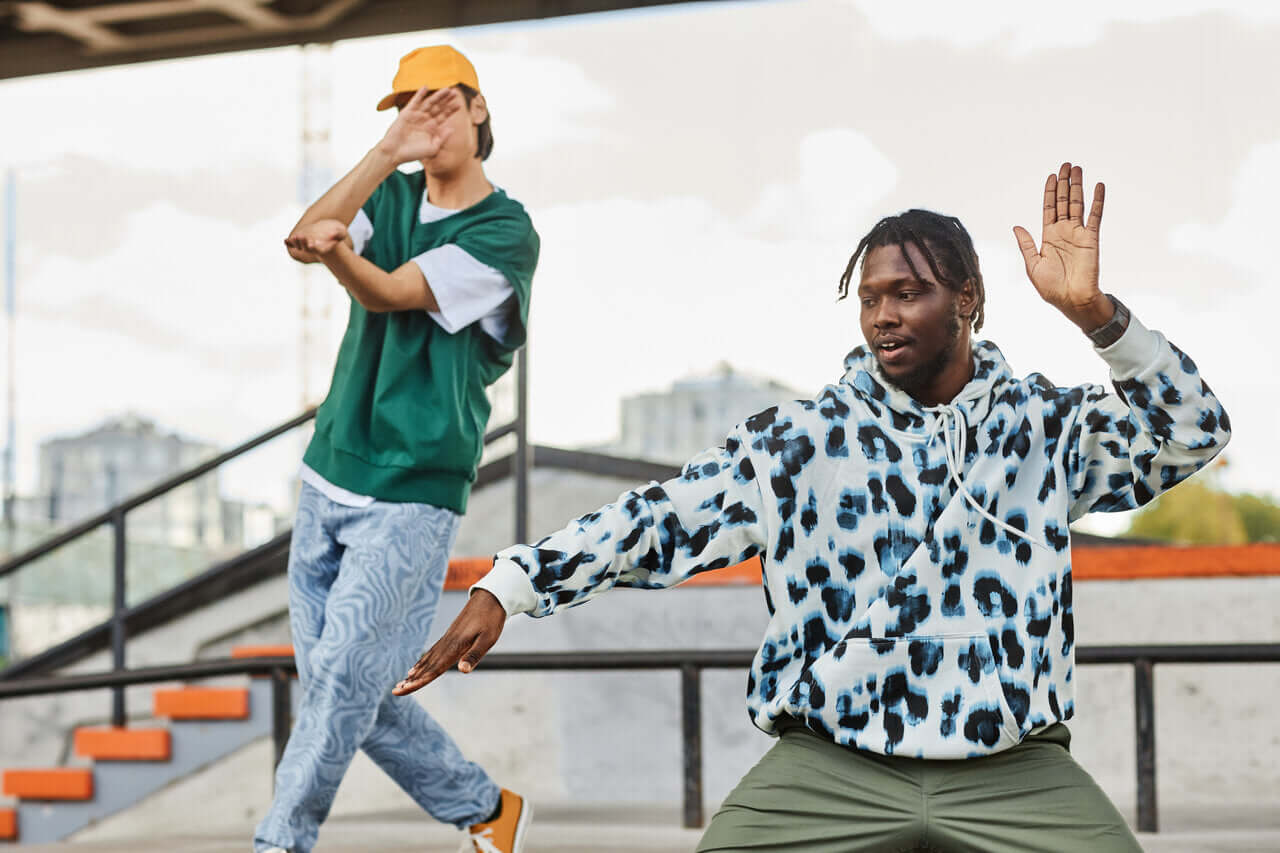Embracing Indigenous Fashion Trends: A Celebration of Cultural Diversity in Canada's Fashion Industry

Introduction
Fashion is an ever-evolving expression of cultural identity and creativity. In Canada, the fashion industry is renowned for its diversity and inclusivity. One aspect of this rich tapestry is the emergence and celebration of Indigenous fashion trends. Indigenous communities across the country have been instrumental in shaping and revitalizing the fashion landscape, integrating traditional elements with contemporary aesthetics. In this blog post, we will explore the vibrant world of Indigenous fashion in Canada, highlighting key trends, influential designers, and the profound cultural significance behind these sartorial choices.

1. Traditional Elements Meet Modern Designs
Indigenous fashion in Canada seamlessly blends traditional elements with modern designs, resulting in captivating and culturally rich garments. Designers have masterfully incorporated Indigenous motifs, beadwork, and embroidery into contemporary silhouettes, bridging the gap between the past and the present. These distinctive pieces pay homage to ancestral heritage while appealing to a broader audience, making Indigenous fashion accessible to all.
2. The Resurgence of Indigenous Textiles
Indigenous textiles, such as handwoven fabrics and intricate prints, have experienced a resurgence in popularity within the Canadian fashion scene. Talented artisans employ ancient weaving techniques to create unique textiles, showcasing the diversity of Indigenous cultures. From Haida and Coast Salish weavings on the West Coast to Métis floral patterns in the Prairie provinces, these textiles infuse a sense of cultural pride and heritage into contemporary fashion collections.
3. Sustainable Indigenous Fashion
As the world becomes more environmentally conscious, sustainability has become a crucial aspect of the fashion industry. Indigenous designers have embraced this ethos, incorporating eco-friendly practices and materials into their creations. From ethically sourced materials to traditional dyeing methods using natural pigments, Indigenous fashion pioneers in Canada are leading the way in sustainable fashion, prioritizing the preservation of both cultural heritage and the environment.
4. Indigenous Influencers and Models
Representation matters in the fashion industry, and Indigenous models and influencers are breaking barriers and redefining beauty standards. With their unique features and cultural backgrounds, these individuals are challenging traditional notions of beauty and paving the way for increased inclusivity. By featuring in major campaigns and fashion shows, Indigenous models are empowering their communities and inspiring future generations to embrace their cultural identities with pride.

5. Indigenous Fashion Weeks and Events
Indigenous fashion weeks and events have emerged as platforms to showcase the diverse talents of Indigenous designers, artists, and artisans. These events provide a space for creative expression and celebrate Indigenous culture through fashion. Indigenous Fashion Week Toronto and Vancouver Indigenous Fashion Week are notable examples that have gained international recognition, providing Indigenous designers with the visibility and recognition they deserve.
6. Collaborations and Cultural Exchange
Collaborations between Indigenous designers and mainstream fashion brands have fostered cultural exchange and created opportunities for cross-pollination. By partnering with established fashion houses, Indigenous designers can introduce their unique aesthetics to broader audiences while maintaining the integrity of their cultural heritage. These collaborations bring together diverse perspectives, fostering a deeper appreciation for Indigenous fashion and its cultural significance.
7. Empowering Indigenous Communities
Indigenous fashion is more than just an artistic expression—it is a means of empowerment for Indigenous communities. By embracing their traditional craftsmanship and reviving traditional skills, Indigenous designers create economic opportunities and support local artisans. The fashion industry becomes a vehicle for cultural preservation, community development, and a source of pride for Indigenous peoples across Canada.

Conclusion
Indigenous fashion trends in Canada are a testament to the vibrant and diverse cultural landscape of the country.
Through the infusion of traditional elements, sustainable practices, and collaborative efforts, Indigenous designers are shaping the future of the fashion industry. As we celebrate these trends and the voices behind them, let us honor and respect the Indigenous communities whose creativity and cultural heritage enrich our collective fashion experience. By embracing Indigenous fashion, we celebrate the spirit of cultural diversity and foster a more inclusive and vibrant fashion industry in Canada.







